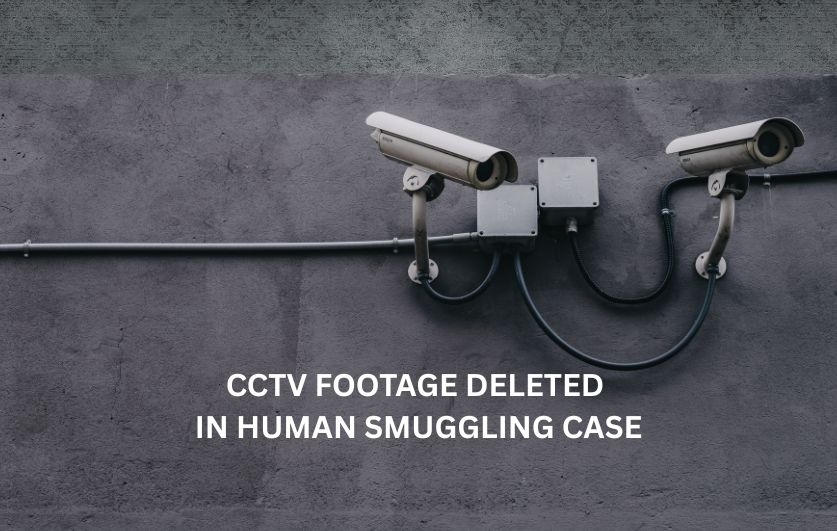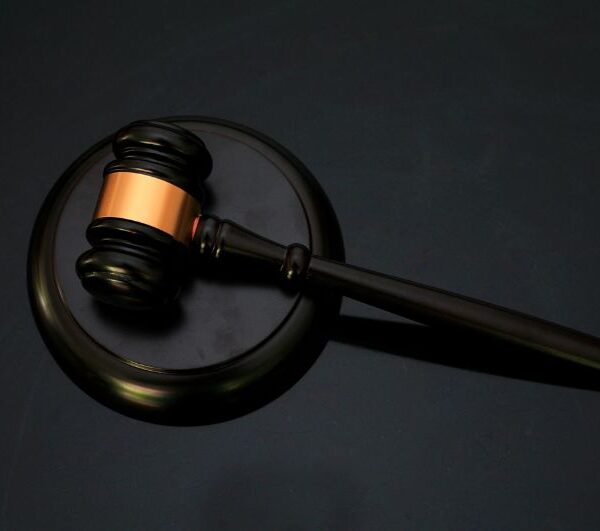
|
Getting your Trinity Audio player ready...
|
By Alric Lindsay
On Friday, May 23, 2025, a boat captain convicted of human smuggling appeared in the Grand Court before Justice Richards. His attorney argued that the offence of human smuggling was not correctly made out as it requires an “arrangement” to be in place. In this case, there was no arrangement to take the Ethiopians on the boat to the Cayman Islands. Instead, their destination was Honduras. Further, the defence attorney noted that the boat captain alleged that he was assaulted and manhandled by officers. However, Justice Richards pointed out that the CCTV near the secure areas or corridors was overwritten, i.e., deleted. Movements in the corridors could not, therefore, be verified.
Human smuggling
Looking at the offence of human smuggling, section 66 of the Customs & Border Control Act states:
Human smuggling
66. (1) A person who, in contravention of this Act and whether for financial or material benefit or not, assists or facilitates the transportation, harbouring or movement into or out of the Islands, of an individual commits an offence and is liable on summary conviction to a fine of fifty thousand dollars and to imprisonment for seven years.
2) Subsection (1) applies to anything done — (a) in the Islands; or (b) outside the Islands by a body incorporated under the law of the Islands.
Breaking down the elements of the offence, the defence attorney indicated that, for a crime to occur, an arrangement must be in place between the Ethiopians onboard and the boat captain to take them to the Cayman Islands. He argued that this was not the case here, as the Ethiopians intended to go to Honduras, and there was no agreement to come to or stop in the Cayman Islands. They were brought against their will to the Cayman Islands. The attorney argued further that the boat drifted into the Cayman Islands’ waters, and there was no intention to land here.
The attorney supported his argument by referring to similar provisions, which he claimed were included in the 1971 Immigration Act of the United Kingdom.
He explained that an offence is committed under that Act if a person is knowingly concerned in making or carrying out arrangements for securing or facilitating entry into the United Kingdom anyone who he knows or has reasonably cause to believe is an illegal entrant.
He added: “There is absolutely no doubt that there has to be a plan by the illegal immigrant to come into the island or come into the United Kingdom in this case.”
He continued:
You need that arrangement, we say, otherwise, we’re not dealing with human smuggling.
We might be dealing with another offence, but we’re not dealing with human smuggling.
He concluded:
We need proper legislation, proper modern slavery legislation, proper human trafficking legislation with considered provisions which are bespoke for our seafaring nation.
And this jurisdiction will be well served if this appeal is allowed and as a result, we get that legislation.
This jurisdiction will not be well served if we close our eyes to the obvious and apply a broad interpretation which we know does not accord with the intention behind it, which magically covers all of these situations.
Assault allegations
Turning to assault allegations, the defence attorney said his client claimed he was assaulted and manhandled by officers while being taken from or to the holding cells and during the time that he was in the corridors. As a result, his client requested the CCTV footage from the court for July 5, 12, 13 and August 9, 2024.
Justice Richards noted that the “systems were checked and there is no CCTV” for the requested periods in 2024 in the cell transfer corridors.
Justice Richards explained that the CCTV footage was “written over” for reasons connected to data storage capacity. Therefore, the boat captain would have had to request the footage before it was periodically overwritten.
Justice Richards added that the person in charge of security “indicated that no officers are aware of any inappropriate behaviour.”
Concerning this, the defence attorney noted that his client was “remains very much aggrieved” and “wholly dissatisfied about the status of CCTV in secure areas of this court not being preserved for obvious reasons.”
Author’s note:
It is unclear what the policy is for the deletion of CCTV in secure areas. However, it is concerning that a party is unable to obtain evidence to prove an assault because CCTV is overwritten. Perhaps a policy change is required in this area. In the meantime, anyone who is arrested or held in the cells at the courts and alleges assault should immediately request CCTV footage. Otherwise, it may disappear without a trace.





